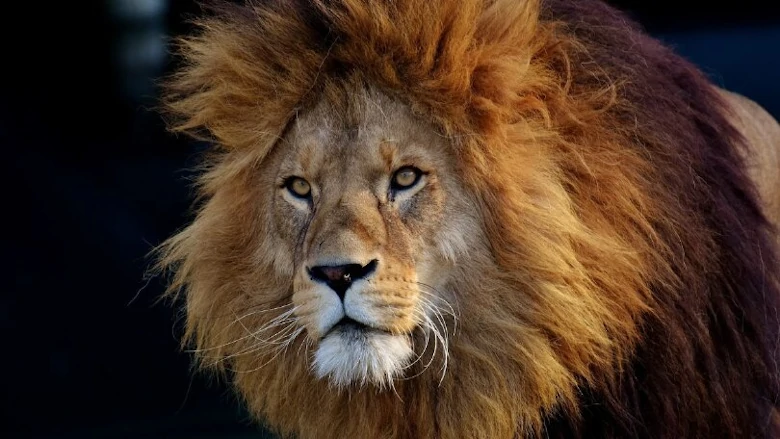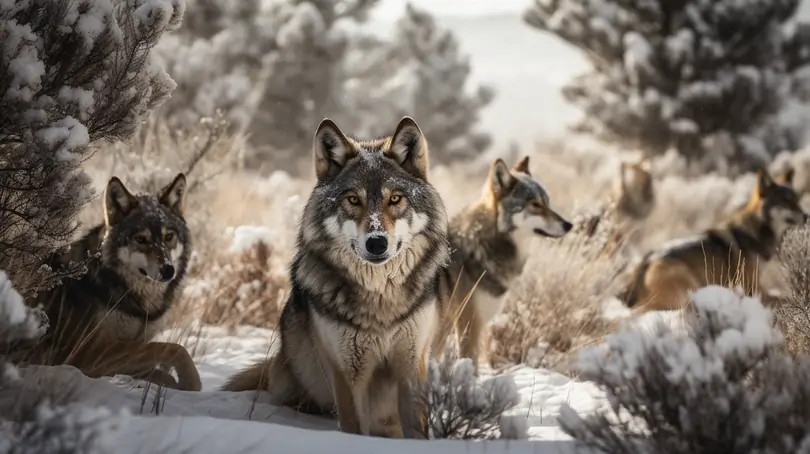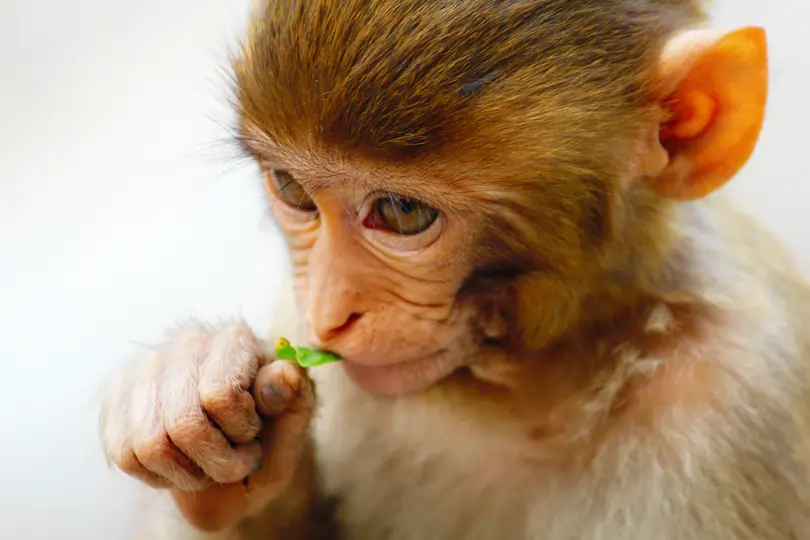11 Endangered animals that zoos have saved from extinction
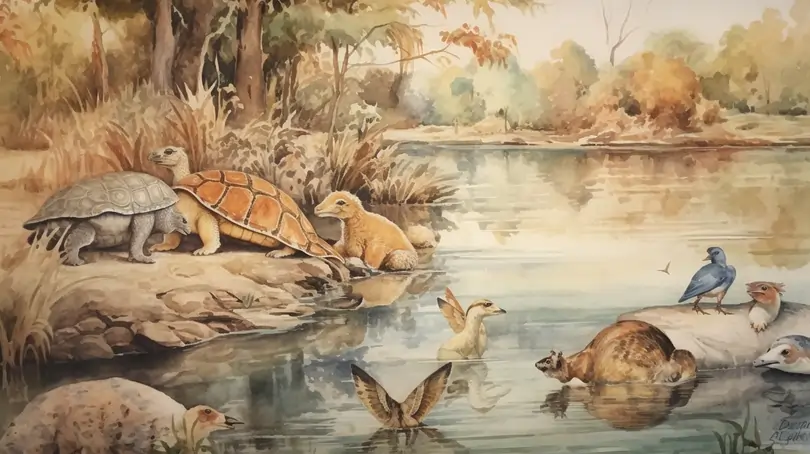
Are you curious about the incredible animals that zoos have saved from extinction? Or, perhaps you're simply amazed at the sheer power of conservation and the heroic work zookeepers do to restore balance to our ecosystems. Whatever your feelings may be, you'll be glad to learn that 11 endangered animal species have been spared from a certain doom thanks to these extraordinary efforts. From birds to reptiles, let's take a closer look at these remarkable creatures!
1. Hawksbill Sea Turtle
Estimated Current Population: 8,000
IUCN Status: Critically endangered. High risk of being endangered in the wild.
Diet: Carnivorous
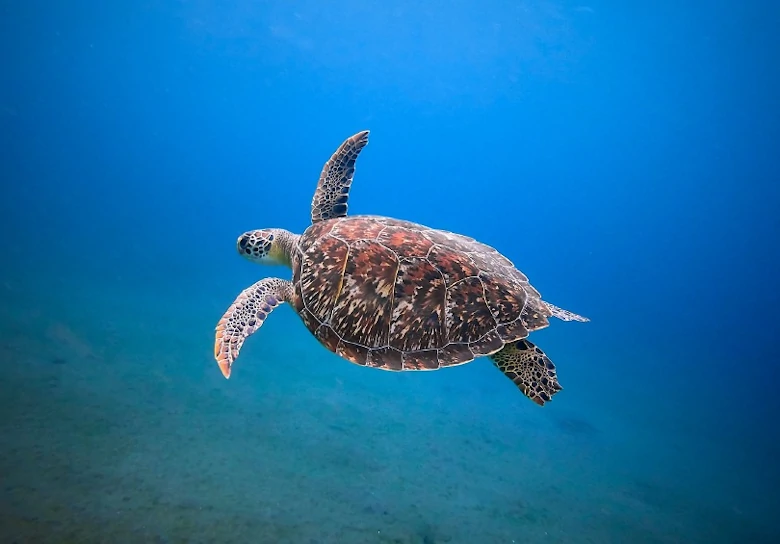
The Hawksbill sea turtle is an endangered species that's been making a tremendous comeback over the past few decades. It's a unique creature - with its beautiful and vibrant shell, it looks like a walking sunset!
In 2018, the National Parks Board (NParks) Singapore and the Wildlife Reserves (Singapore) released a microchipped hatchling into the waters.
The Dubai Turtle Rehabilitation Project (DTRP) is another notable example of how conservation can be put into action. Since its inception in 2004, the project has worked to rescue, rehabilitate, and release Hawksbill turtles back into the wild. By closely monitoring the oceanic ecosystem and taking steps to protect the Hawksbill from poachers and other threats, the program has seen an impressive increase in population numbers. In fact, without their efforts, this species could have been wiped out forever! What a success story!
2. Proboscis Monkey
Estimated Current Population: 7000
IUCN Status: Endangered. At very high risk of being endangered in the wild.
Diet: Herbivorous
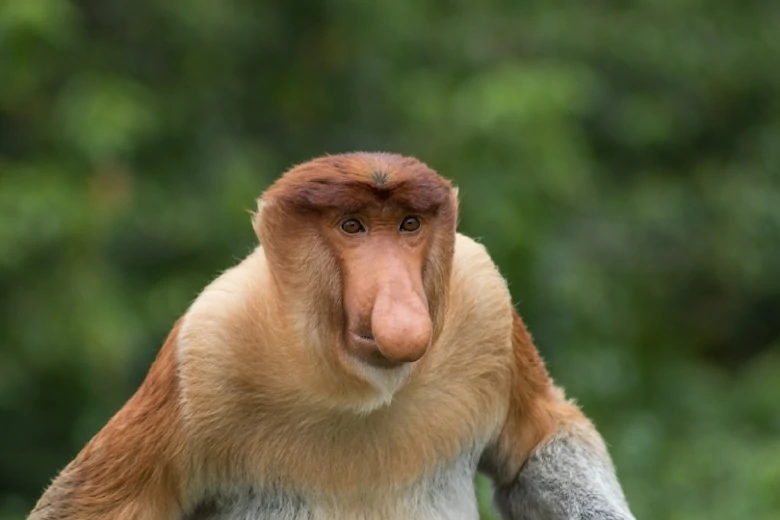
The Proboscis monkey is native to Borneo and has become a symbol of the island. They are adored for their big bellies, oversized noses, and long tails. And while they may look comical, they're actually very specialised in their behaviour and diet. The Singapore Zoo works hard to increase their population by protecting them from poachers and providing them with a safe habitat filled with plenty of food. Nowadays, it's common to spot these majestic creatures swinging through the trees at the zoo.
That’s not all, Singapore zoo has also worked on the conservation of other endangered species, such as the Orangutan, the Sun bear, and the Banded leaf monkey.
3. Komodo Dragon
Estimated Current Population: 3,500
IUCN Status: Changed from vulnerable to endangered in 2021.
Diet: Carnivorous

The Komodo dragon is a unique and fascinating species, one of the largest lizards in the world, and a reptile only found in Indonesia. Thanks to conservation efforts by London Zoo and Chester Zoo, the population of this majestic creature has been increasing steadily over the last few years. Although they remain endangered, thanks to these efforts, they are no longer facing extinction, making it possible for future generations to appreciate their remarkable existence.
4. Pink Pigeon
Estimated Current Population: 400
IUCN Status: Critically endangered. Extremely high risk of being endangered in the wild
Diet: Herbivorous
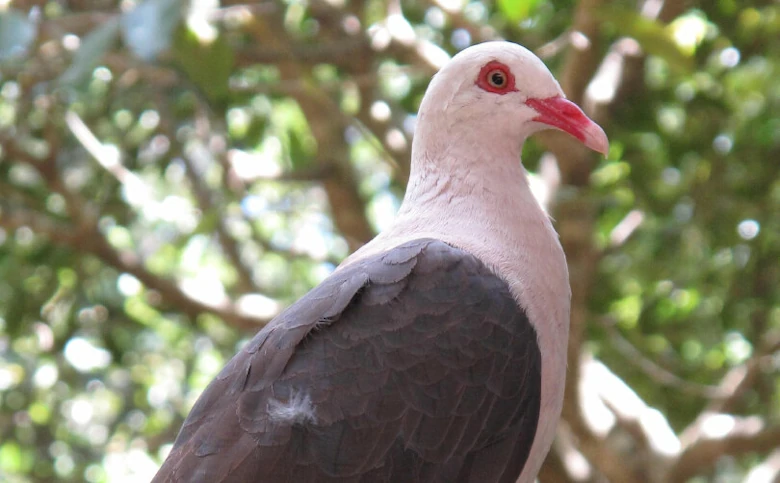
Image source: ZSL's Pink pigeon conservation project
The pink pigeon is a rare sight, but thanks to London Zoo and ZSL pink pigeon conservation project's diligent conservation efforts, the species has been saved from the brink of extinction. Since their population peaked at 400 in 2020, the zookeepers have been able to provide a safe habitat for these majestic birds in accordance with their dietary needs and natural behaviours. The zoo also runs workshops and activities where visitors can learn more about pink pigeons and other endangered animals. It's truly inspiring to see how London Zoo is playing its part to ensure that future generations will be able to appreciate these amazing creatures.
5. Hihi / Stitchbird
Estimated Current Population: 3100
IUCN Status: Vulnerable
Diet: Omnivore

Image Credit: The zoological society of London
The critically endangered hihi or stitchbird is an endemic bird in New Zealand. Although its numbers were once abundant, the species has been the victim of habitat destruction. The zoological society of London has made great efforts to help conserve this species by founding a successful captive-breeding program. This program has helped increase the wild population of Hihi from just 50 individuals in 1980 to several thousand today. The Hihi conservation project also supports research and conservation activities in New Zealand, helping ensure that this unique species can continue to thrive in the wild.
6. African Elephant
Estimated Current Population: 415,000
IUCN Status: Critically endangered
Diet: Herbivore

African elephants are among the most iconic animals of the African continent. They are the world's largest land mammals and can weigh up to 6 tons. African elephants live in groups, made up of related females and their young, led by an older matriarch. They consume vast amounts of vegetation on a daily basis, which helps shape its habitats. Unfortunately, due to poaching and habitat destruction, African elephant populations have declined drastically over the past several decades.
Many zoos across the world have been instrumental in helping to conserve the species through breeding programmes and conservation efforts. The Maryland zoo is one example; they have taken great strides in protecting African elephants by working with external partners to protect wild populations from poaching and habitat destruction, as well as providing support for elephant sanctuaries throughout Africa.
7. Amur Leopard
Estimated Current Population: 70 in wild and 180 in captivity
IUCN Status: Critically endangered
Diet: Carnivore
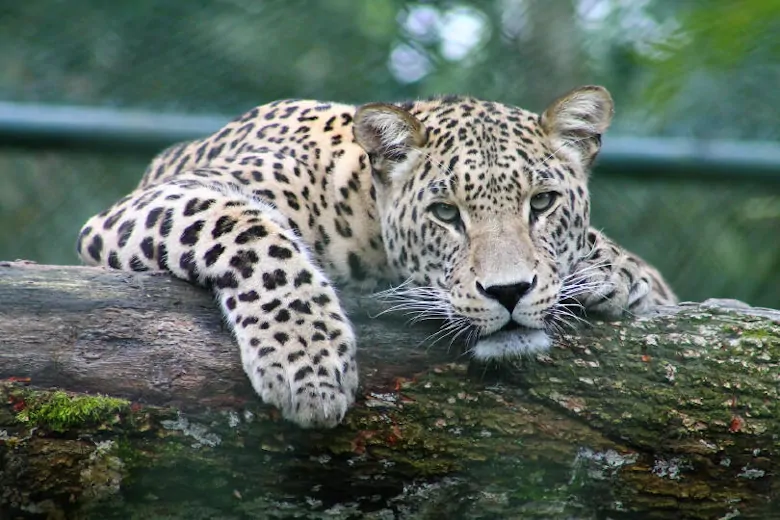
The Amur leopard is one of the most endangered big cats in the world, with only around 80-100 remaining in their native habitat. In response to this, many zoos have taken part in conservation efforts aimed at protecting and rebuilding the population of this majestic animal. Various zoos from around the world donate over $350 million a year to the Wildcat Conservation Alliance. This money has allowed the researchers to work on initiatives such as setting up protected areas and providing veterinary care to help increase their numbers.
8. Vaquita
Estimated Current Population: 10
IUCN Status: Most critically endangered
Diet: Carnivore

Image Source: San Diego Zoo
The Vaquita, the tiniest of all porpoise species, are a rare sight in their natural habitats. Luckily, conservationists have recently been able to save them from extinction by introducing some of the last remaining Vaquita into an off-shore dolphinarium. San Diego Zoo has been at the forefront of this effort and is working hard to ensure that these intelligent and playful creatures remain safe from harm. With their knowledge and resources, they have even developed special enclosures for the Vaquita to play in and enjoy life. Thanks to San Diego Zoo's commitment, the future of our lovable little friends is brighter than ever!
9. Red Panda
Estimated Current Population: 10,000
IUCN Status: Endangered
Diet: Omnivore
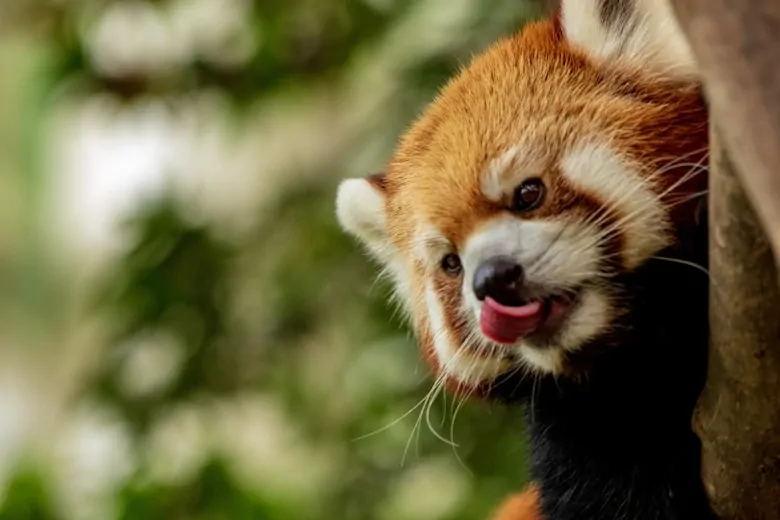
The red panda is an adorable species, known for its big eyes and fluffy fur. Padmaja Naidu Himalayan Zoological Park in Darjeeling has been instrumental in helping this species from the brink of extinction! The zoo is home to the only breeding programme (along with one subsidiary centre at Gangtok) of this species in its natural distribution zone. This programme has been successful in breeding red pandas for more than a decade now and boosting population numbers. It also helps educate people about red pandas, how to help them and why it's important to conserve them for future generations.
10. Axolotl
Estimated Current Population: 50-1000 in the wild (close to 1 million in captivity)
IUCN Status: Critically endangered
Diet: Carnivore

The Chapultepec Zoo in Mexico City is helping conserve the amazing axolotl. The axolotl is an amphibious creature that is native to Lake Xochimilco and other nearby bodies of water in central Mexico. They have unique features, like their bright pink gills and feathery external gills on their heads. Axolotls are tremendous swimmers and can use the muscles in their feet to walk on land. The Chapultepec Zoo is working hard to ensure these little creatures stay around for generations to come. They have begun breeding programs to increase the population, as well as habitat rehabilitation projects that help create a more natural environment for wild axolotls. It's great to see such efforts being made to conserve this awesome species!
11. Asian Tapir
Estimated Current Population: 1,500-2,000 in Malaysia and 50-100 in Thailand
IUCN Status: Endangered
Diet: Herbivore
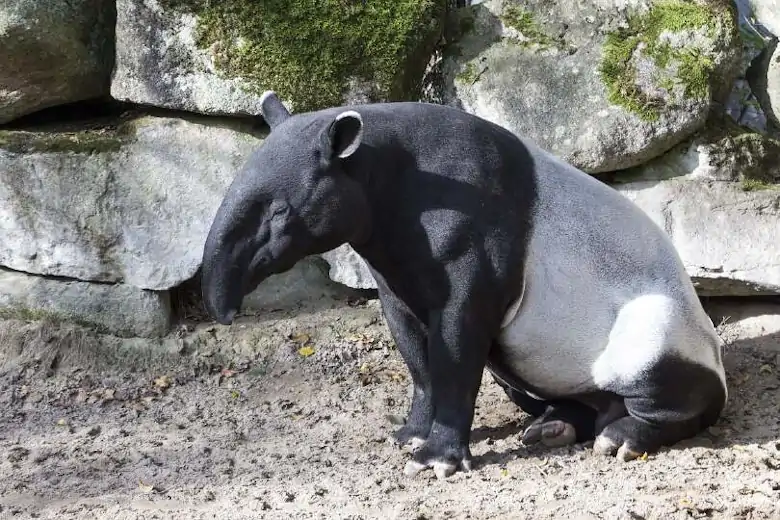
The Asian Tapir is a fascinating animal that is found in Southeast Asia. This animal stands out with its unique black-and-white colouration, giving it a distinctive look. It has a long proboscis, or nose-like snout, which helps it forage for food. The Tapir is an endangered species due to deforestation, hunting and lack of habitat protection. But there are some Zoos that working hard towards conservation efforts such as the Singapore Zoo which has been involved in successful breeding programs and research in order to help protect this species while also educating the public about their importance.
If you like reading about animals, read our From producers to top predators: Understanding the food chain next


 SG
SG  VN
VN 



